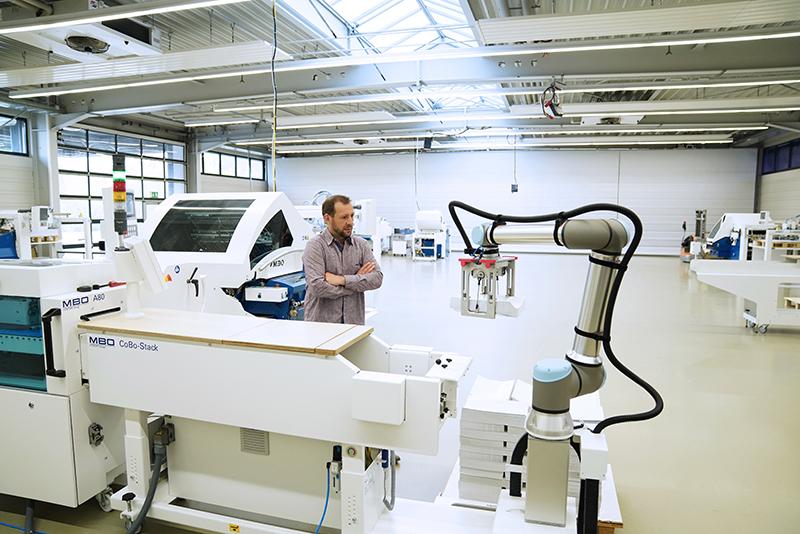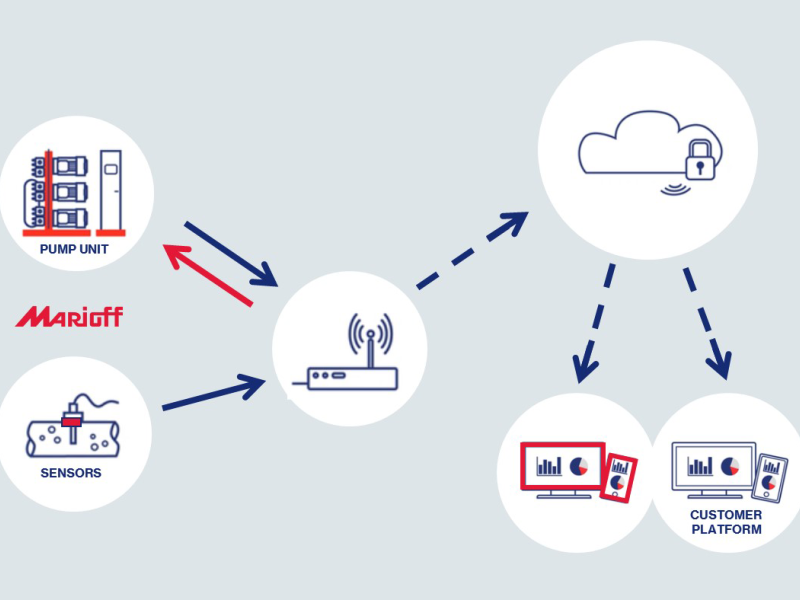Industry 5.0 is taking off faster than we could have imagined and while to some it’s still a buzzword, many are now reaping its true benefits.
In fact, Universal Robots predicts that the natural adoption of Industry 5.0 will continue to accelerate for the foreseeable future.
“Industry 5.0 is benefiting from a lot of ‘groundwork’ that its predecessor Industry 4.0 has done to date,” comments Masayuki (Masa) Mase, Country Manager for Universal Robots Oceania. “It’s the natural progression of Industry 4.0 rather than a completely new concept.”
“The term ‘Industry 4.0’ first came to light more than a decade ago and the uptake was rather slow. However, many years later, we are benefiting from a wealth of knowledge, industry insights, enhanced systems and tangible results, and this has largely paved the way for Industry 5.0.”
Shaping our new work reality
Industry 5.0 is a term used to describe people working alongside robots (collaborative robots, fondly dubbed cobots) and smart machines. “We believe that people should work with robots, not like robots,” he explains. “We want to empower a change in the way in which work is done.”
Industry 5.0 has also been a catalyst in attracting young talent to the manufacturing sector. “While in the past large robots were deployed to work in cages, employees are now presented with the unique opportunity to work alongside robots. This has reignited interest by the younger generations in the industry and has made the production floor an exciting place to be again.”
Another key drawcard is centred around accessibility and ease-of-use. “There is still a misconception that anyone dealing with robots needs to come from a robotics background, but this is simply not the case.”
A free online training session from UR Academy spans 90-minutes and will ensure that individuals with no prior robotics background are able to unbox and perform simple material transfer applications in a matter of hours. “Thanks to its small footprint and safety features, with the appropriate risk assessment in place, cobots can fit into existing workspaces and processes quickly and easily.”
Deploy and redeploy
“Interestingly, the initial resistance stems from both the initial cost outlay and potential disruption to the factory floor: neither of which should be of concern,” says Masa.
One of the biggest drawcards of a cobot is that they can be redeployed to another location to take on a range of different applications – with minimal planning and costs. “Thanks to their small footprint, flexibility, and versatility, cobots can be used across an array of applications on the factory floor. They can also be fitted with a wide range of end effectors to match various applications. This strong value proposition is a key drawcard for many manufacturers.”
“Cobots also aid businesses in achieving critical goals such as making the working environment safer, increasing productivity, overall equipment effectiveness and ultimately increasing profits.”
Universal Robots has installed over 50,000 cobots worldwide. For more information, please visit www.universal-robots.com.






